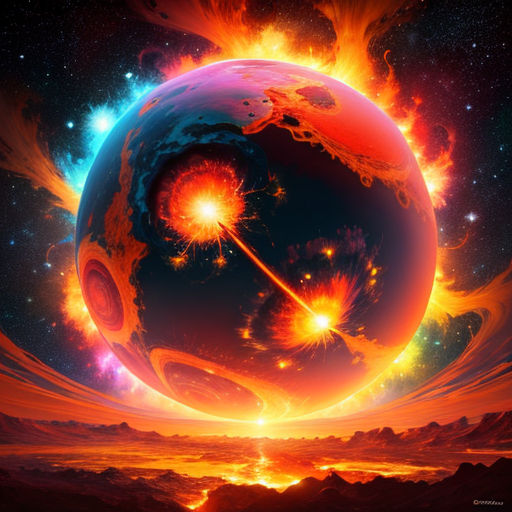
The Birth of Earth
By Storybird

28 Sep, 2023

In the beginning, there was nothing but a vast, dark void. It was a space devoid of life and light, an endless expanse of nothingness. This cosmic abyss, in its infinite silence and solitude, yearned for existence.

Suddenly, a great explosion happened. This was the Big Bang, the birth of the universe. It was a moment of pure chaos, a cataclysmic explosion of energy and matter that filled the void with light and life.
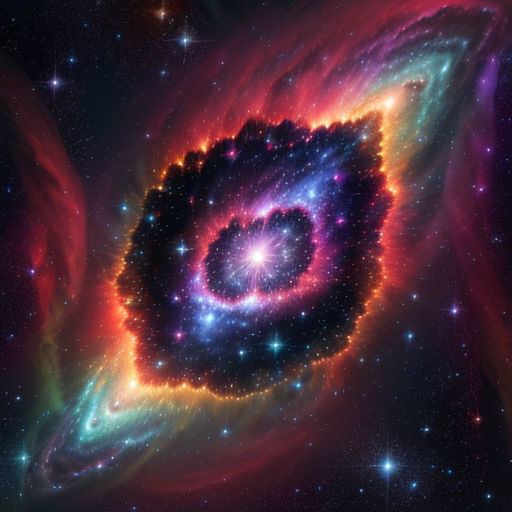
In the aftermath of the Big Bang, stars and galaxies began to form. These celestial bodies, each a swirling mass of gas and dust, filled the universe with light and color. Among them, a particular cloud of dust and gas began to take shape.
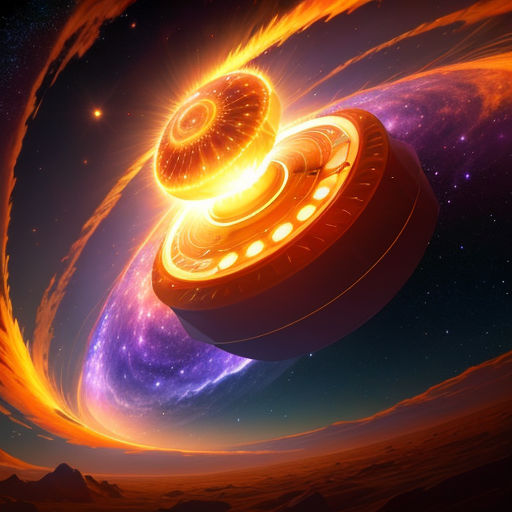
This cloud, spinning and twirling, began to condense, its center growing hotter and denser. As the pressure increased, a star was born - the Sun. Around it, a disc of dust and gas began to form.
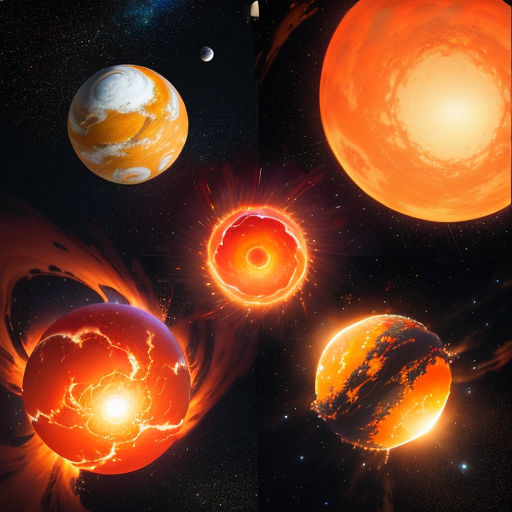
Within this disc, particles of dust and gas started to collide and stick together. They formed larger and larger clumps, and these clumps eventually formed planets. Among them was a young, molten sphere - our Earth.

The Earth was a turbulent and chaotic place, with its surface constantly reshaped by volcanic eruptions and bombardments from space. Yet, amidst this chaos, the foundations for life were being laid down.

Over time, the Earth cooled and a thin crust formed over its molten surface. Rain began to fall, forming oceans. These oceans, warmed by the Earth's heat and stirred by its rotation, became the cradle of life.
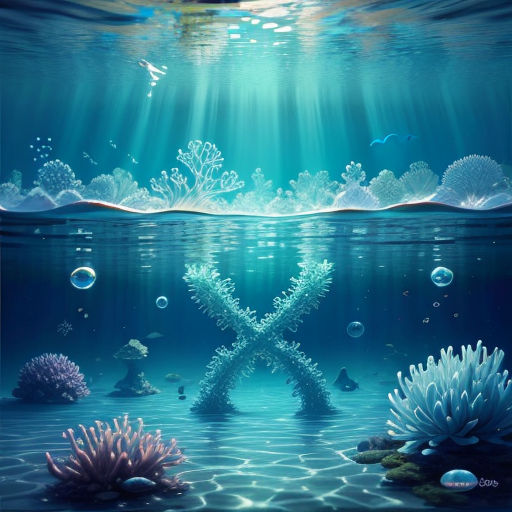
In these warm, nurturing seas, simple molecules began to combine in complex ways. They formed the first proteins, the building blocks of life. These proteins eventually gave rise to the first cells.
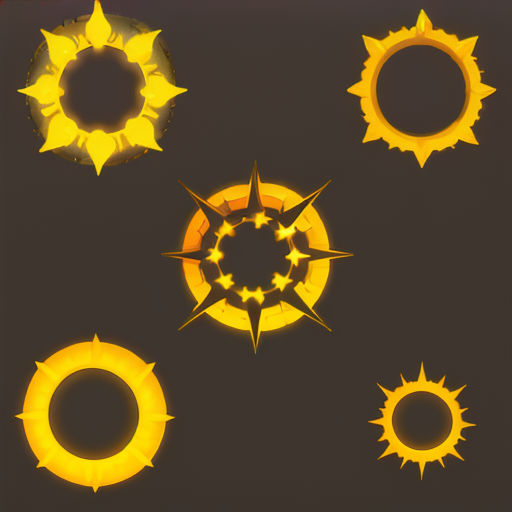
These first cells, simple and primitive, began to evolve. They developed ways to harness the Sun's energy, to reproduce, and to adapt to their environment. Life, in its most basic form, had begun.
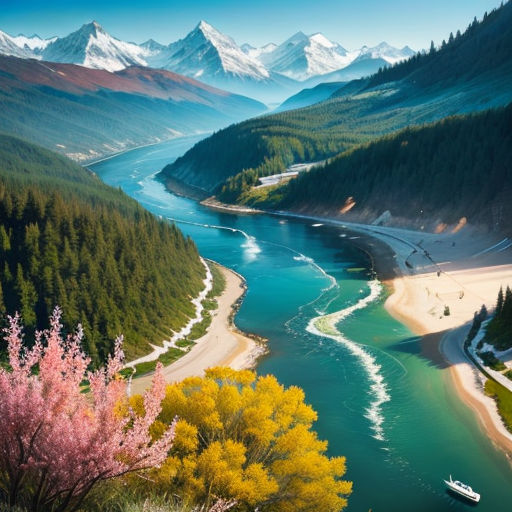
Over millions of years, these single-celled organisms evolved into multicellular life forms. The oceans teemed with a variety of creatures, and plants began to colonize the land. The Earth was coming alive.
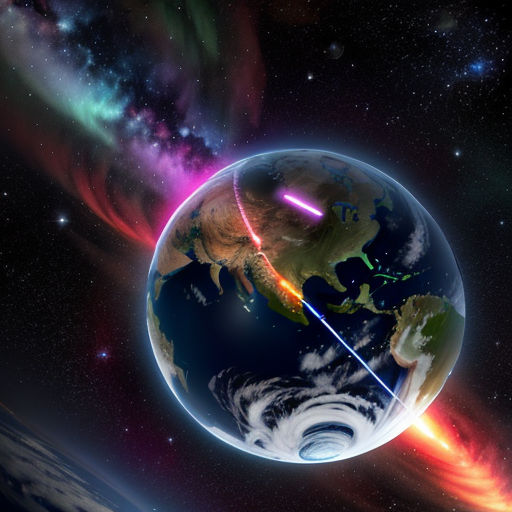
As life flourished, the Earth's atmosphere changed. Oxygen, produced by photosynthesizing organisms, began to accumulate. This oxygen-rich atmosphere allowed for the evolution of more complex life forms.
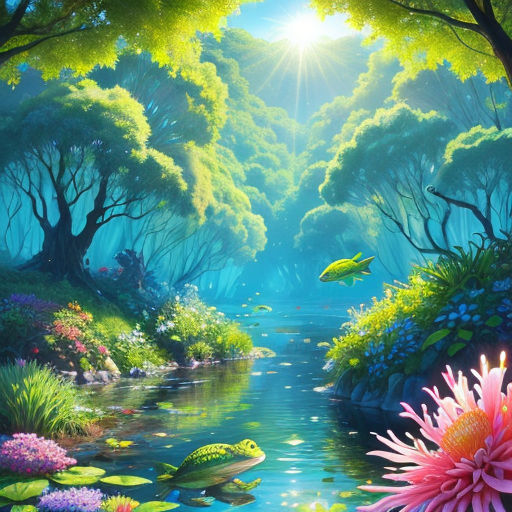
Over time, these life forms grew in size and complexity. They evolved into fish, then amphibians, then reptiles. Plants and trees covered the land, creating diverse habitats for life to thrive.

Then, around 65 million years ago, a catastrophic event occurred. A giant asteroid struck the Earth, causing a mass extinction. Many species perished, but those that survived evolved and diversified.
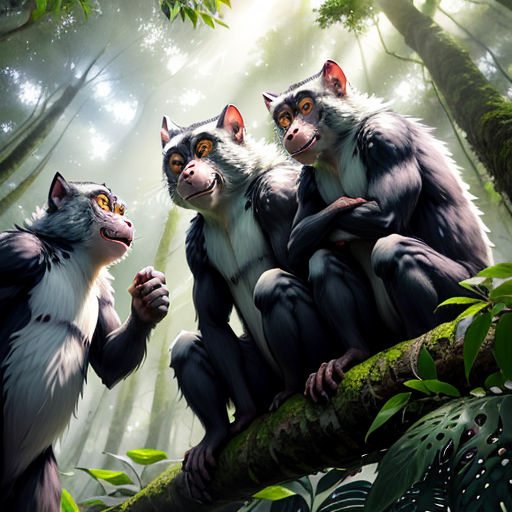
Among the survivors were small, furry mammals. They evolved into a variety of forms, including primates. Among these primates, a branch would eventually give rise to humans.
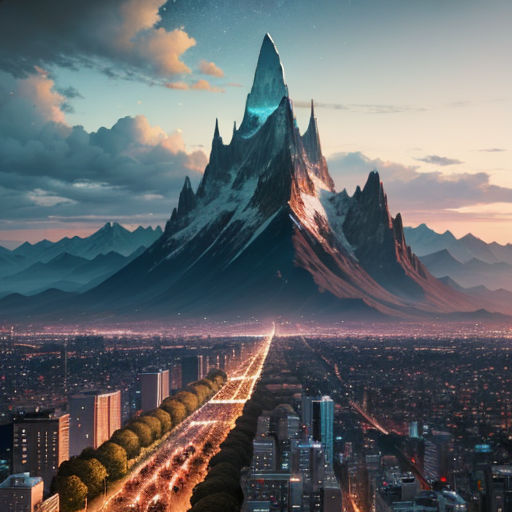
Humans, with their capacity for thought and innovation, began to shape the Earth. They learned to harness fire, to create tools, and to build civilizations. They looked at the stars and wondered about their place in the universe.
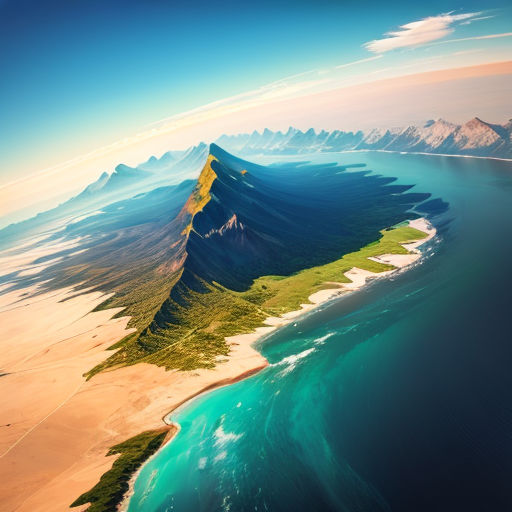
Over millennia, humans have continued to evolve and adapt, shaping the Earth and being shaped by it. We have learned to understand our planet's history, its place in the universe, and the delicate balance that sustains life.
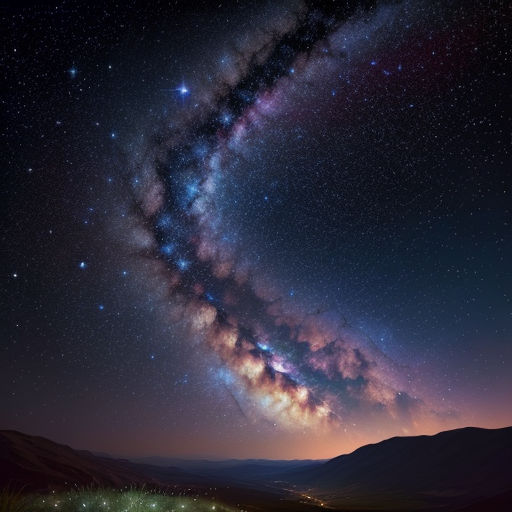
Today, we stand on the shoulders of countless generations, in a world shaped by billions of years of cosmic evolution. We gaze at the stars, not just as observers, but as a part of this grand cosmic story.

The Earth, our home, is a testament to the power of time and change. It is a living, breathing entity, constantly evolving and adapting. It is a reminder of our humble origins and our potential for growth.
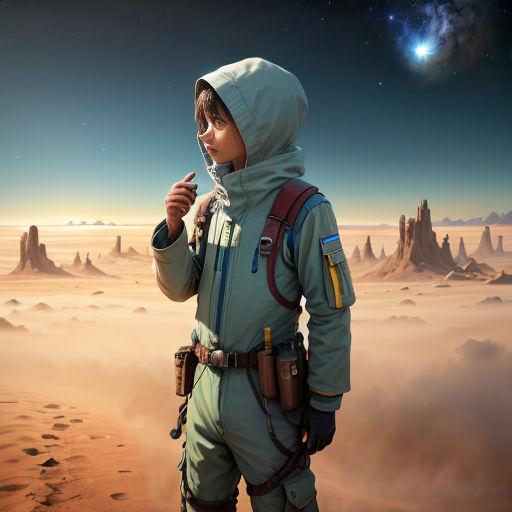
From a cloud of dust and gas to a vibrant, living planet, the Earth's journey is a story of creation and transformation. It is a testament to the power of life to adapt and flourish, even in the harshest conditions.
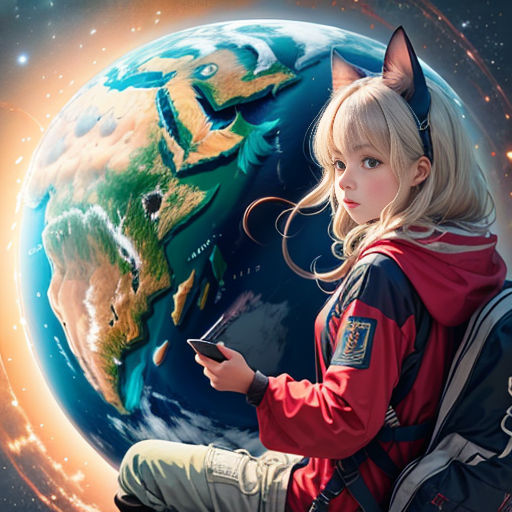
The story of Earth is not just the story of a planet, but the story of life itself. It is a story that continues to unfold, shaped by the forces of nature and the actions of its inhabitants.
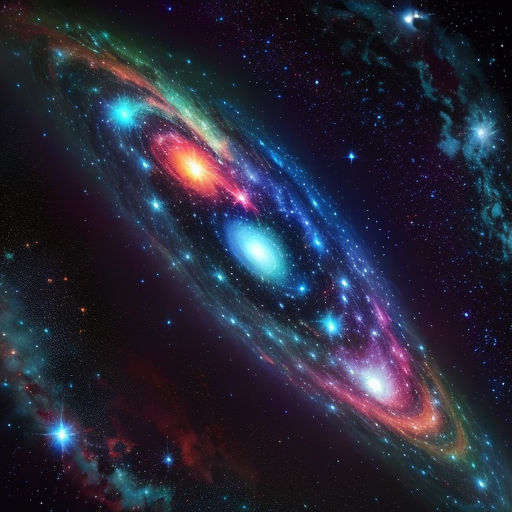
As we continue to explore the cosmos, we carry with us the knowledge of our origins. We are the children of the universe, born from dust and gas, shaped by time and change. We are a part of the Earth's story, and it is a part of ours.
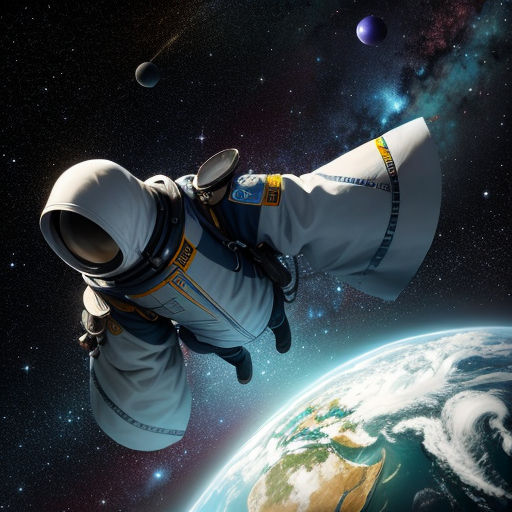
This understanding of our place in the cosmos gives us a sense of humility and wonder. It reminds us of the fragility of life and the importance of our responsibility towards our planet and each other.
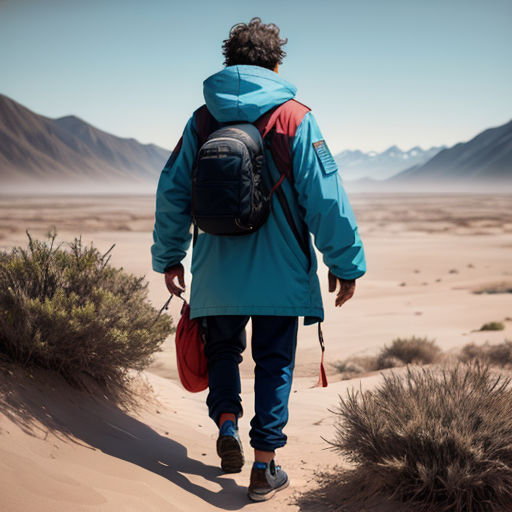
The story of the Earth is a story of resilience and adaptation. It is a story that inspires us to look beyond our immediate surroundings and to dream of what might be possible.
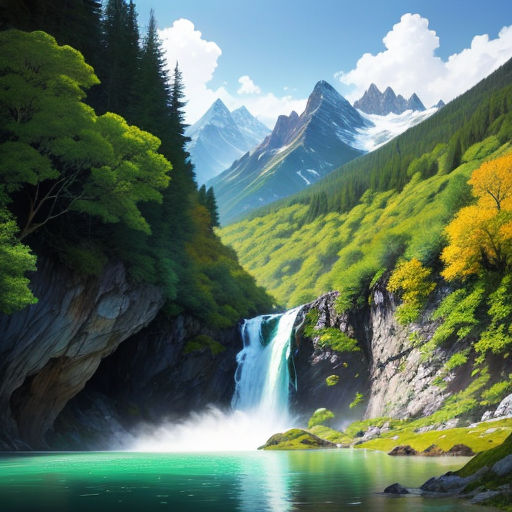
It is our duty to protect and preserve our planet, to ensure that its story continues for generations to come. We are a part of this grand cosmic journey, and it is up to us to write the next chapter.
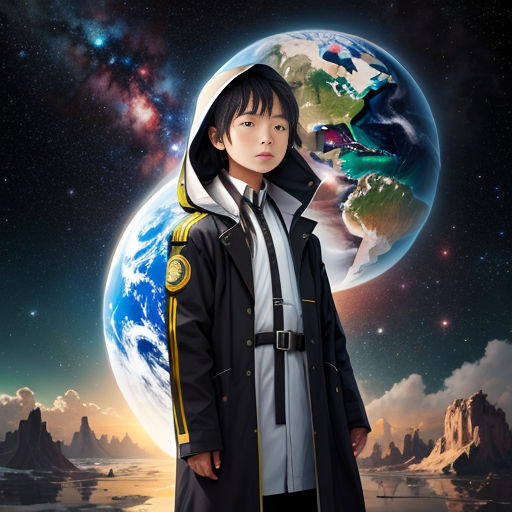
As we look to the future, we are reminded of our past. We are the product of billions of years of evolution, of a universe that has nurtured and sustained us. We are the Earth's children, and it is our responsibility to care for it, just as it has cared for us.

The Earth's story is our story. It is a story of creation and evolution, of life and death, of struggle and triumph. It is a story that reminds us of our roots, our potential, and our responsibility to the world we inhabit.
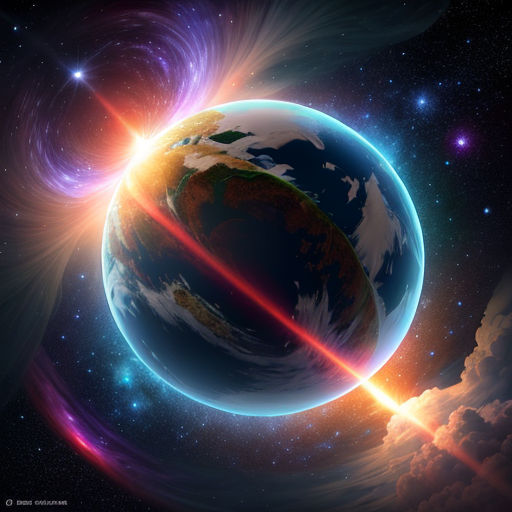
As we continue on this journey, let us never forget the lessons of our past. Let us cherish our planet, nurture it, and strive to create a sustainable future for all life on Earth.

The story of Earth is still being written. Each day brings new discoveries, new challenges, and new opportunities. As the Earth's children, we are privileged to be a part of this ongoing narrative.
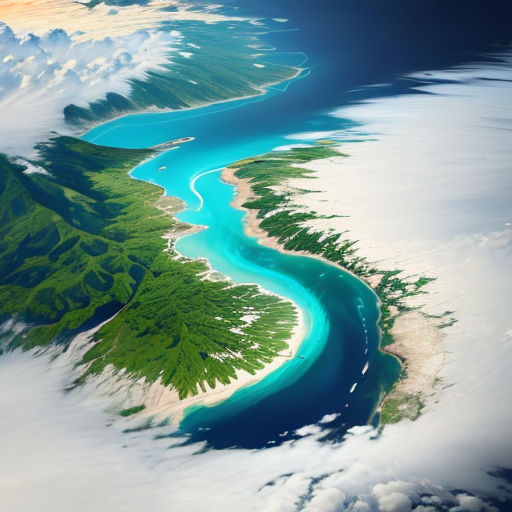
As the Earth spins on its axis, orbiting around the Sun, we too continue on our journey. We are explorers, dreamers, and stewards of this beautiful planet. And our story, like that of the Earth, is still unfolding.
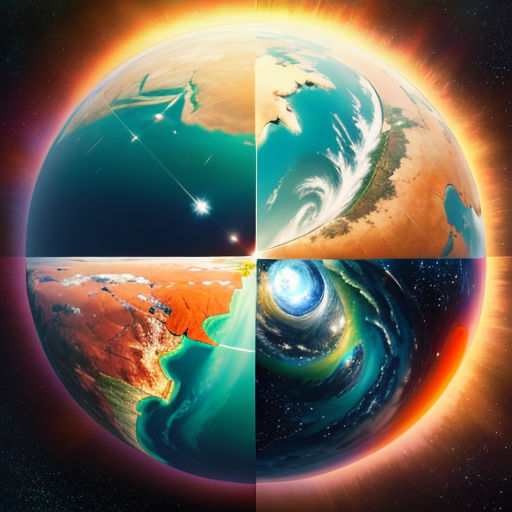
The Earth's tale is a testament to the power of time, change, and life itself. It is a story of resilience, adaptation, and growth. It is our story, and we are its authors. Let us write it well.